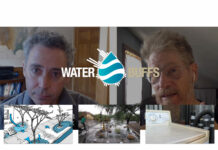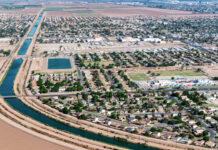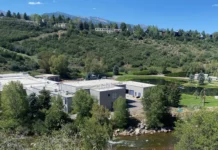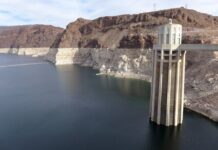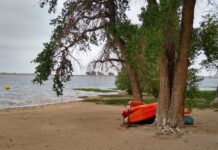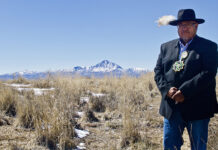$500M in new federal funds to give thousands of Coloradans freedom from lead, PFAS...
Coloradans exposed to drinking water tainted by lead or so-called “forever chemicals" will see clean water faster.
Harvesting water in arid lands – Water Buffs Podcast ep. 11 – Brad Lancaster
Brad Lancaster, author and expert on water harvesting, explains how to make the most of rainfall and greywater to stretch local supplies.
A quiet revolution: Southwest cities learn to thrive amid drought
Southwestern U.S. cities have embraced innovative strategies for conserving and sourcing water in a changing climate.
As more sanitation districts test wastewater for COVID-19, questions remain on interpreting the data
Wastewater can inform public health departments of new variants in the community, but the data collected is still inconclusive.
State inspections lag for New Mexico’s primary drinking water source
New Mexico is behind in water inspections for the third year in a row, leaving water quality in question.
Some still don’t have a reliable water source near the headwaters of the Colorado...
Residents of a mobile home park near Gunnison are often left without water because of unreliable supplies.
Advocacy and science work together to improve water quality in Coal Creek
Two non-profit groups in Crested Butte work to clean up waters still polluted from the Keystone and Standard mines.
Race is on for Colorado River basin states to conserve before feds take action
Seven states in the West have been given until August 15th to implement new strategies and tools to conserve the Colorado River.
Heading to the lake? Colorado trying new tools, including P-Free lawns, to combat toxic...
Colorado water officials hope to combat algae blooms caused by rising temperatures and an increased use of phosphorus-laced lawn fertilizers.
Colorado River crisis giving tribes new opportunities to right century-old water wrongs
Early involvement in negotiating new Colorado River guidelines will be critical for tribes to determine their future.




